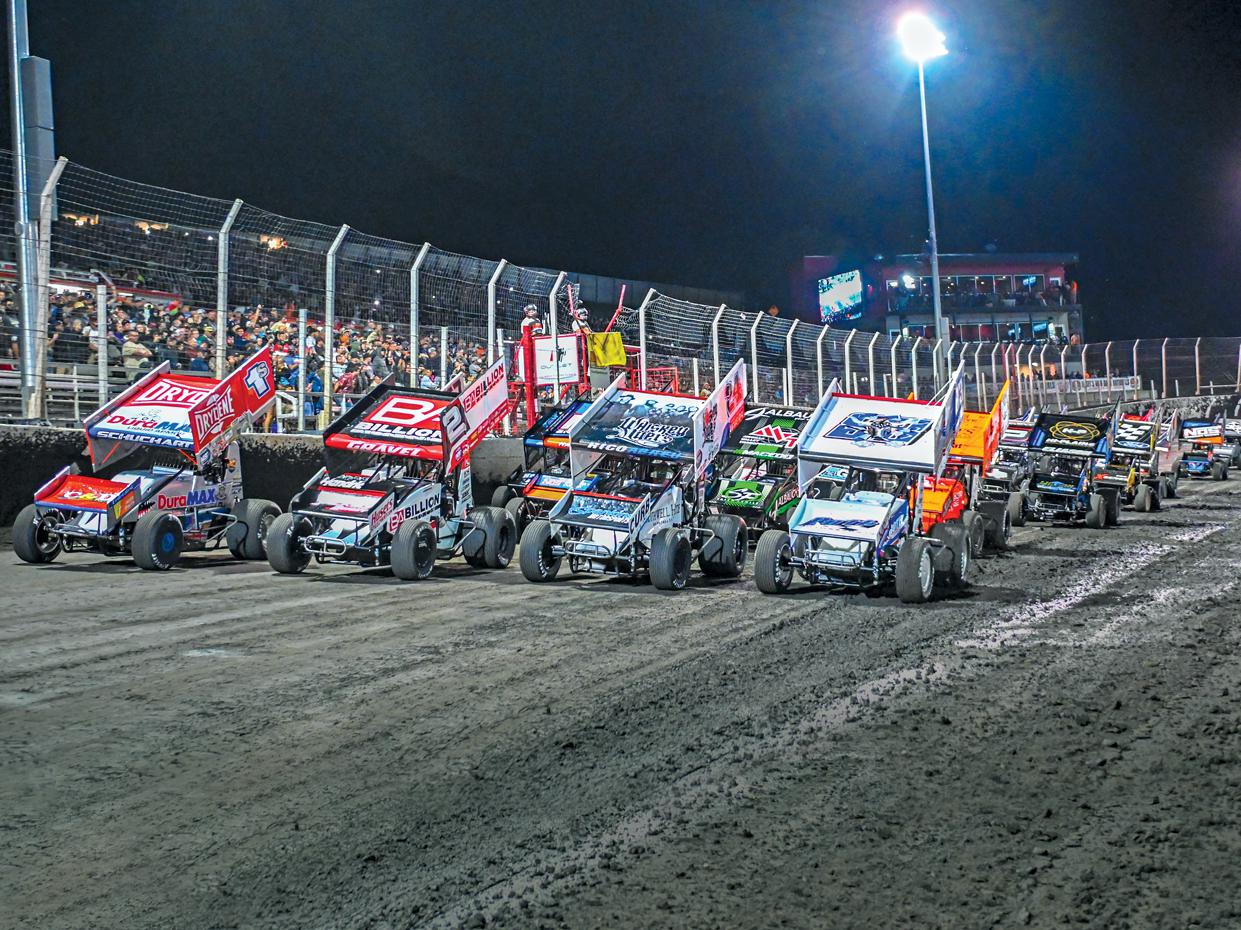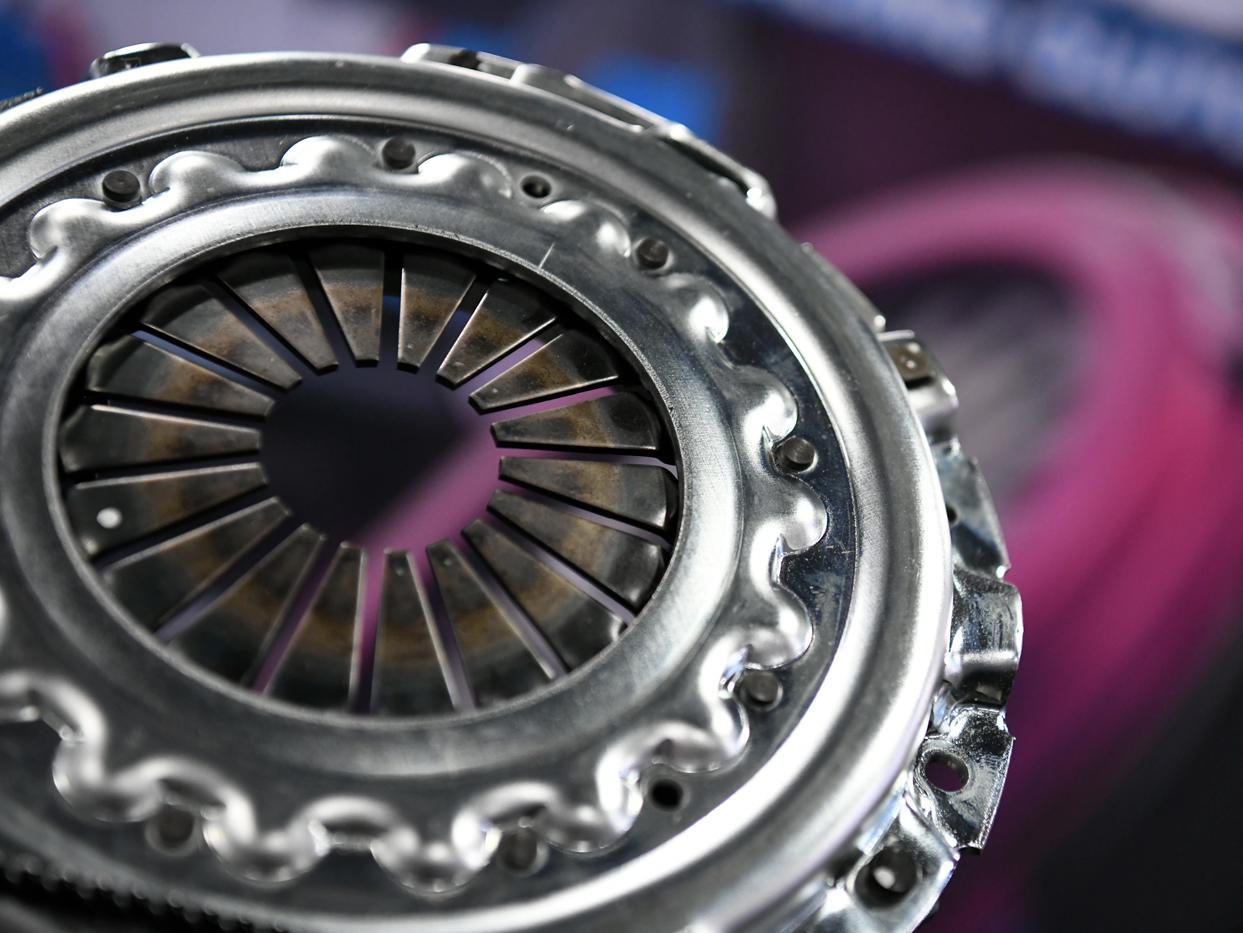Torque Tips
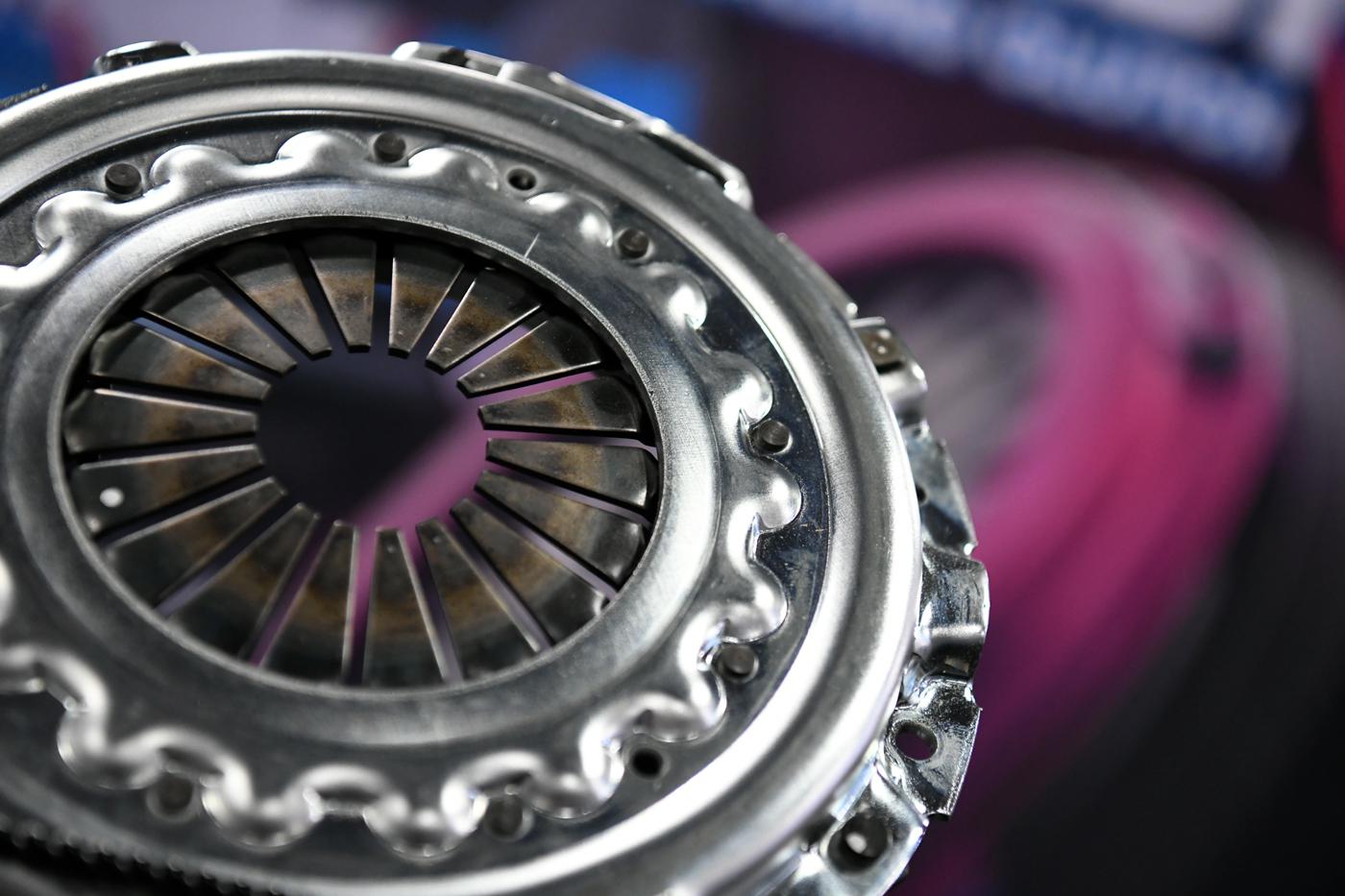
Clutches, driveshafts, and axles are on the receiving end of growing amounts of power. Driveline component manufacturers are stepping up to the challenge of managing those forces.
So much of innovation in racing can be boiled down to the concept of trying to hit a moving target—a target that is for the most part going one way: faster. It takes a complex series of functions to increase speeds and lower lap times or ETs, and bearing the brunt of those ever-evolving functions is the race car’s driveline.
“A lot of our products are born out of not just transferring torque but withstanding torque,” said Lee Mejia of The Driveshaft Shop, Salisbury, North Carolina. “People are making a lot more horsepower and torque than what the vehicle was initially designed for, and then they’re finding limitations in the drivetrain that the additional torque has created—twisted up driveshafts, broken axles, and things like that.”
“The trend of power going up is probably the biggest we see,” added Chris Bernal of Advanced Clutch Technology (ACT), Lancaster, California. “The numbers just go up and up, in street vehicles and race vehicles. That causes a lot of issues with the driveline, not just the clutch.”
“If you were recommending to people what they need to go race based off what those cars were capable of 10 years ago, you would have very unhappy customers, because the capability of those cars today is so much greater,” explained Dave Ely of Diversified Machine Inc. (DMI), Lancaster, Pennsylvania. “And the demands on the components are so much greater today than what they were 10 years ago. What you would have recommended as your go-to unit at that time just simply would not get the job done today.”
It wasn’t all that long ago that “we used to shift at 5,500–6,000 rpm,” recalled Will Baty of McLeod Racing, Anaheim, California. “Today, stock engines do that. A stock LS is set at 6,200. Now you have the new Ford Voodoo engines, which from the factory go to 9,200 rpm. This is the zone that we need to make sure our clutches will function and operate in properly.”
We asked these experts to identify some of the moving targets that are on their radar, how they’re hitting them, and if they could provide some torque transfer advice.
The Drag-and-Drive Challenge
“It’s still small, but it’s growing,” said Bernal of the segment of his customers taking part in Drag Week, Sick Week, and other drag-and-drive events. The dual nature of the competition, where participants drive hundreds of street miles—often towing a trailer—to make hard passes down the drag strip, and then drive to the next venue, complicates clutch selection.
“You can’t put 100% pure race products on and expect that car to be drivable on the street,” he pointed out. “At the same time, the street-type products are not going to last. These are 1,200-hp cars that are going drag racing but are also ‘street legal.’ They’ll tear up the clutch, or the clutch will help tear up the driveline if it doesn’t have any give at all in it. So it’s particularly challenging to do something for these guys.”
ACT’s clutches “span the gamut from the high-horsepower street guy to full race,” Bernal added. “The tricky part is in between, where you have big power, but the clutch also has to not shake the car, throw the transmission out of the car, or destroy the rearend.”
For this segment of the market, ACT has developed its new Mono Drive hub, which the company includes in its new Mod-Twin clutch kits. The Mono Drive hub is a single hub that drives the two discs in a twin-disc clutch. “Instead of two short hubs with maybe a half inch of engagement on the input shaft, we have an inch and a quarter of solid engagement, which the transmission guys are very happy about,” Bernal explained. Plus, the Mod-Twin clutch is modular, so the hub can be changed from a sprung hub to a solid one depending on the application. “You can change from race discs to street discs with one part number,” Bernal said. “It’s best to outfit it the way you want, but if you have to make any changes down the road, it’s easy to do.” The Mod-Twin is “a real robust system,” he added. “We took it from a racing approach, but we added some compliance to it for some of these drag-and-drive type of events.”
In Baty’s experience, many of the drag-and-drive cars he’s seen “were set up with smaller-diameter clutches, which are great for drag racing. They’re built to be light and hold power, but they have no inertia, not a lot of clutch active engagement time. You’re supposed to let the clutch out as fast as possible and go. Now these guys are on the street, and they’re trying to take off from a dead stop pulling a trailer. Without that inertia, they end up slipping the clutch a little more to get the vehicle moving. Slipping the clutch generates heat. Heat is the number-one killer of clutches.”
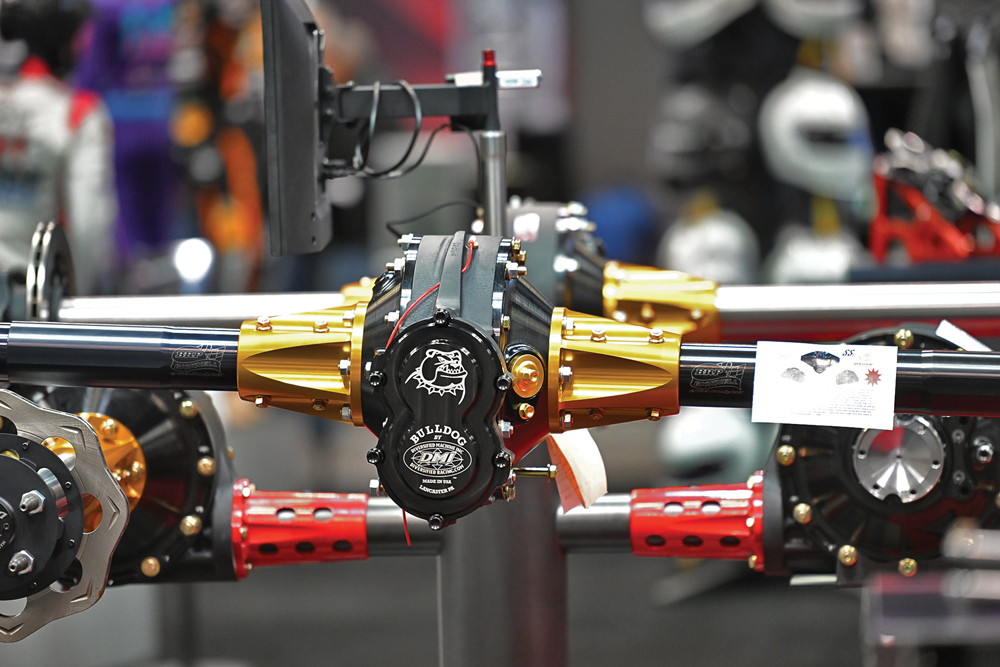
McLeod’s RST and RXT twin-disc clutches are 9 11/16-inch clutches “that are the sweet spot between the really small clutches and the bigger clutches that hold more power,” Baty said. The RST is rated for applications up to 800 hp, while the RXT is made for applications up to 1,200 hp.
There is another option for those who want to stick with a smaller clutch, Baty said: “We add more discs to it. When we start stacking, going from a twin disc to a triple or four disc, it hasn’t really lost that inertia, because the performance of the clutch won’t really change as far as how the engine runs through the rpm spectrum. What changes is the life and the overall drivability. We essentially give the clutch more area, more heat sink. The more area we have, the more drivable that clutch is, even if it’s a smaller clutch.”
Dirt Car Rearends
Size has become a concern with the ring-and-pinion gears in dirt modifieds and dirt late models, Ely said. “Some of our competitors have tried to convince people that they need an 8-inch ring and pinion to save weight” instead of the typical 10-inch ring and pinion. “It does save about 2 1/2 pounds,” he admitted, “and it will spool up a little faster and increase the acceleration. We offer an 8-inch for those who feel they really need it. But there is no free lunch. One of the disadvantages of an 8-inch rear is that it’s not going to transfer as much torque because the leverage isn’t there to do it. If you are specifically looking for forward traction, the 10-inch is going to transfer
more torque into your torque arm than the 8-inch will.”
Reliability can also be a problem with a ring and pinion that’s too small for the application, according to Ely. An 8-inch “has a smaller surface area, so it will see a higher concentration of force per square inch on it than the 10-inch will. So it’s going to wear out sooner and will be more prone to pitting, etc.,” he said.
Ely noted that, as in so many forms of racing, technology in the dirt track world keeps progressing. Those changes, including suspension setup evolution and new shock technology, “all contribute to the wear and tear that you see on a ring and pinion set.” That means driveline parts suppliers have to “pay attention to the latest technology in all the market segments that you service, and then figure out how that applies to what you do. We see it frequently on the sprint car side through tire rules. As the tires change, whether they provide more grip or less grip, we have seen the driveline demands change with the tire changes. Surprisingly enough, when they start unhooking the cars, we’ll actually see increased driveline wear because the cars aren’t as locked down. It puts different harmonics through driveline components that will cause different wear than if things are locked down and have a load on them. There’s always a result based off of a change that takes place, and you have to be on top of it.”
Material Matters
Mejia told us some of The Driveshaft Shop’s customer cars “are making 2,000–3,000 hp, with torque numbers that are pretty far up there as well. We’ve had to figure out ways of making parts that are torsional enough to withstand that kind of shock and abuse over and over again.”
Among those are driveshafts for modern domestic muscle cars. “We’ve become a necessary upgrade for anyone going to the track who’s making more than stock horsepower. Before they ever launch that car, they know they’d better switch out the stock driveshaft because it’s going to break.”
OEM driveshafts, Mejia explained, aren’t made to withstand the forces of a hard launch on a prepped surface. “The big focus for the OEMs is NVH (noise, vibration, and harshness). They want to build the quietest, most comfortable car they can.” He also believes the factories are building their driveshafts to act as what he called “fusible links.” The factory would rather “warranty and replace a couple-hundred-dollar driveshaft or axle than a transmission or a differential.”
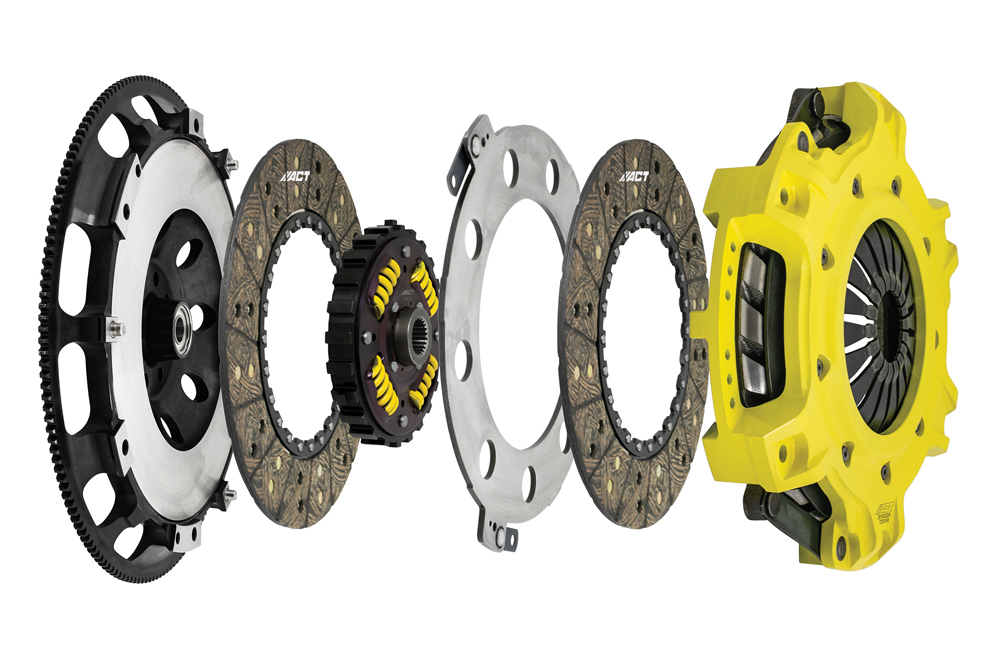
(We heard this same fuse analogy from Bernal regarding clutches. “[Racers] want their clutches to be totally robust and never fail, yet at the same time, the clutch has to be the fuse. Replacing the clutch in the pits is not fun, but it can be done. Changing the transmission or rearend, on the other hand, gets pretty expensive. So we need to be the fuse that barely blows but does blow when it’s beneficial.”)
When it comes time to upgrade a driveshaft for a Challenger Hellcat, for example, The Driveshaft Shop offers replacements made from aluminum or carbon fiber. Most people think the choice of carbon fiber is based on weight, Mejia said, but that’s not the case. “For a Hellcat, the two driveshafts are pretty comparable in weight. The carbon might be 2 or 3 pounds lighter.” The big difference, he said, is that carbon fiber “is a more torsional material, so it has more capability to twist under load to absorb some of that initial shock during the launch. Aluminum is a torsional material too, with typically about 15 degrees of twist under load, but carbon can double that. By doing so, it typically smooths out the launch, helps with some traction, and it can help with wheel hop.”
Driveline material choice is less of a concern with front-wheel-drive performance cars, Mejia said, because the company makes the majority of its axle bars and spline pieces for high-horsepower applications from 300M chromoly. “We’ve come up with a lot of innovative ways to make these parts for optimal strength, but to fit in OEM size restraints. In our Honda line, for example, we make a set of axles that’s good to about 700–800 hp that fits the stock hubs. Beyond that, our racing axles are designed for people making over 1,000 hp. For them we increase the size of the CVs, and we increase all of our spline sizes on the internals, and the spline into the hub. Then we supply a different set of wheel hubs that fits the stock bearing but has a much larger spline, to have better engagement and be able to withstand a lot more power.”
The Driveshaft Shop also uses a proprietary splining method in which the splines are rolled, not cut, into the bar. “We’re basically forging the material into that shape, so we lose no material, and we don’t affect the grain structure of the material. It allows us to have much better quality control on the tolerances on the splines,” said Mejia.
When it comes to material choice for a clutch, what comes up first in most people’s minds is the friction material on the clutch disc. “But the biggest main choice is the flywheel,” explained Baty. “That’s what’s dictating how the clutch is going to react out the get-go. The biggest change we make is deciding whether it’s a steel or aluminum flywheel.”
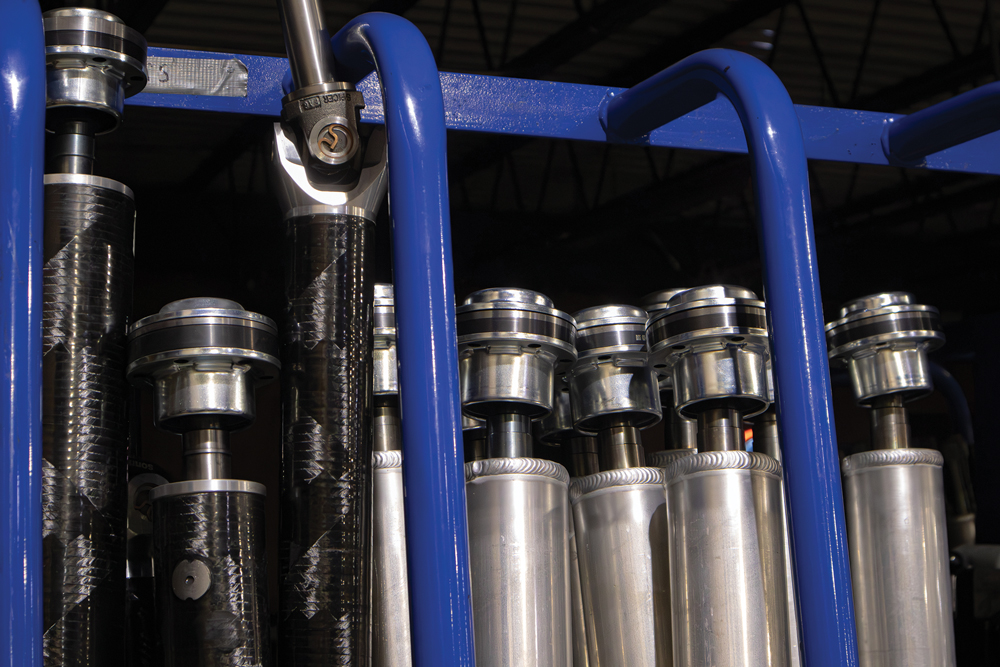
The choice depends on the car’s intended use, Baty said. “Say there’s a guy who has a performance street vehicle that he considers his race car as well. He may do autocross here and there, but he’s not a serious racer. I will tell him for the amount of time you’re going to lose on the track, your overall drivability and clutch longevity will benefit running a steel flywheel. A lot of these guys want all the power in the world, but they don’t want to sacrifice clutch drivability. So the steel flywheel is going to be the better option. It’s about inertia. Inertia is your friend. You don’t want to get rid of all of it. Now, the guy who’s looking to win championships, who doesn’t care what it drives like and isn’t going to be driving on the street? The aluminum flywheel is what he wants.”
Driveline Do’s and Don’ts
When we asked these experts for advice on what to do—and not—when it comes to driveline parts selection, each had a little different spin on the same bit of wisdom: Ask the right questions.
“The top teams do things for certain reasons that work,” Bernal said. “The teams that aren’t at the top struggle with getting advice earlier. If you call me when you’re going into a certain form of racing, and I know the setup you’re using, we’re going to have a real good recommendation on what works and how to set it up. You can call me after it’s messed up, but it’s a different kind of conversation than when you’re putting things together.
“There’s just so much power now,” he added. “You can’t get away with a clutch that you heard about on the Internet, or you heard about from someone else. That was fine when they were making 500 hp, but now that they’re making 900 or 1,000? That’s going to be a different answer.”
“The biggest thing that can cause an issue is when customers aren’t as forthcoming as they should be with what their actual plans are for a build,” Mejia said. “Maybe they’re trying to skimp on something like the axles or the driveshaft and are blowing stuff up, because they’re making twice as much power as what that part is rated to. It’s important that, when we’re talking about something that is actually transferring torque, that you’re realistic with what it is you’re going to be doing and what you need those parts to do. That way we can make sure that whatever it is that we give you is going to be able to hold up and for a good long time.”
Baty agreed. “We really need to know the overall intended use of that vehicle to have the perfect clutch performance. A lot of people will build a vehicle intended for all-out performance. They want every ounce of power that it’s potentially capable of producing. However, when they try to use it on the street or some different sanctioning body, everything changes. So we need to know those things.”
Critical for clutch selection, Baty added, is knowing the engine’s torque. “It’s all about the torque,” he said. “I don’t care about horsepower. Torque is that twisting force that’s trying to drive through that clutch.” Knowing the engine’s torque production, he can then utilize “the different ways to hold and harness that power, whether it be the friction material, clamp load, or a combination of the two.”
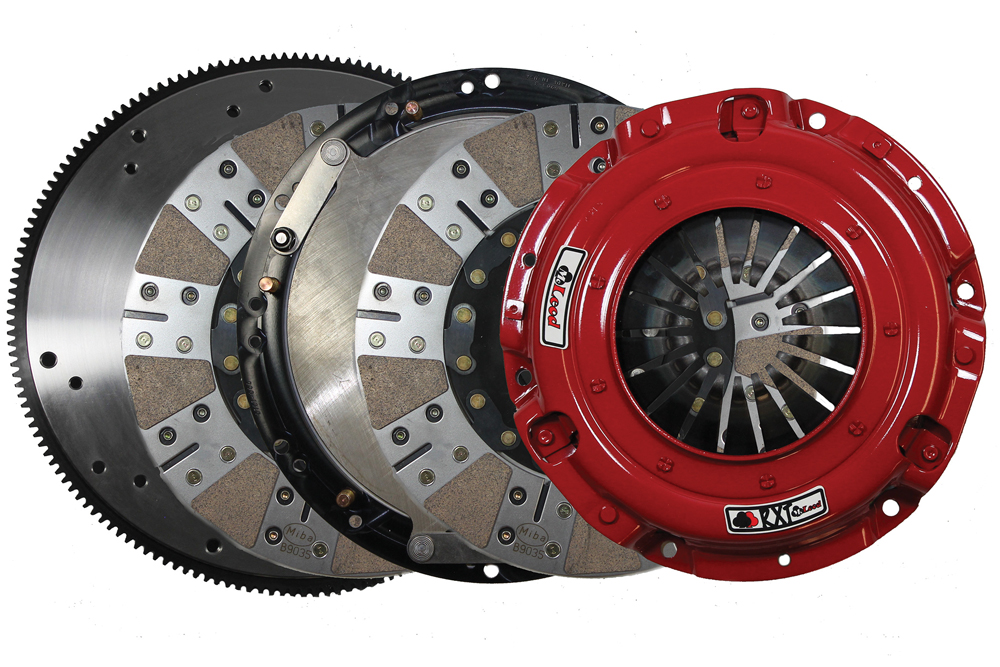
Regarding DMI’s quick-change rearends, Ely has found there’s “a fine line between no maintenance and preventive maintenance. Looking at my phone calls from people who have issues, half of them are because they’ve done zero maintenance, and the other half are people who just felt like they had to fiddle around with stuff that doesn’t need fiddling around with. Somewhere in the middle is where you want to be. You’ve got to have good experience, and you’ve got to rely on people to teach you properly. Ask questions as racers. Ask successful racers. Talk to guys who win. Talk to the manufacturer. What’s the life expectancy of this? How should it be maintained? How often should I be doing it?
“People tend to believe that everyone always has an angle,” he continued. “But speaking on behalf of me and Diversified Machine Incorporated, we have no angle, other than we want you to be happy, and we want you to have success. I’m not just trying to sell you something. I’m trying to put a product into your hand that you’re going to forget about. If we’ve done our job, you forget we exist. Let’s say you bought a quick-change rear. You’ve put it in, and you’ve focused on getting faster, on getting your tires right, on picking the right shocks, on your driving, on all these other things. Not one time has that quick-change rear taken one second of your attention. That means that we have done our job, because it is allowing you to figure out how to get faster, not be working on something fixing it.”
SOURCES
Advanced Clutch Technology (ACT)
advancedclutch.com
Amalga Composites
amalgacomposites.com
Diversified Machine Inc. (DMI)
diversifiedracing.com
The Driveshaft Shop
driveshaftshop.com
McLeod Racing
mcleodracing.com
 MEMBERSHIP LOGIN
MEMBERSHIP LOGIN JOIN PRI
JOIN PRI

